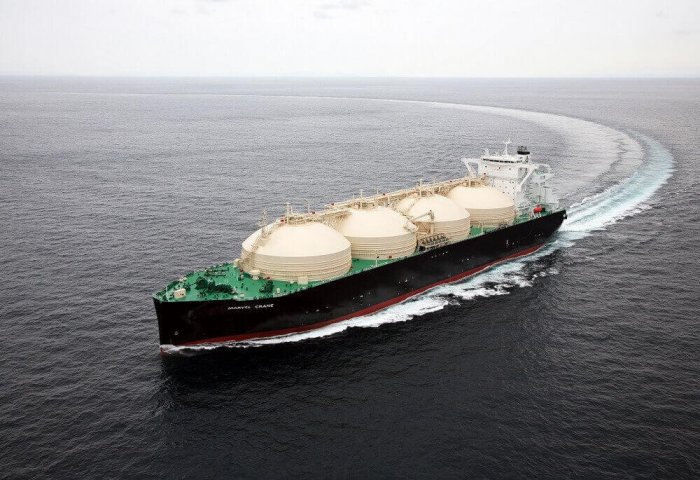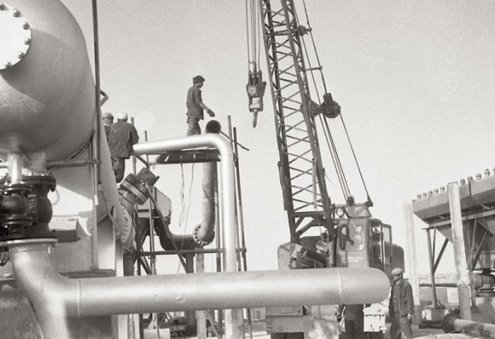In 2022, orders for ships carrying liquefied natural gas (LNG) increased at an unprecedented pace in South Korean, Chinese and Japanese shipyards. A total of more than two hundred tankers are currently under construction in Asia. According to the Baltic Exchange, a maritime freight exchange, demand for LNG carriers is so high that charter rates for large LNG carriers are approaching USD 500,000 (EUR 465,000) per day.
South Korean shipyards (Daewoo Shipbuilding, Samsung Heavy Industries, Hyundai Heavy Industries, etc.), which represent 70 percent of the world market, logically won two-thirds of the orders in 2022. Korean shipyards have already won orders for the next 3 years and it is stated that it is difficult give any more orders.
LNG ship prices have increased significantly in the last few years. Steel prices rose sharply between April 2021 and spring 2022, adding to a shortage of skilled labor in an industry where technological expertise is key. All this has increased the average cost of ships from $200 million to $250 million.
They take three to four years to build and are not expected to be delivered before 2026. New shipbuilding is expected to increase further to meet a new supply of LNG from the world's three largest LNG producers - the United States, Australia and Qatar. There is even a trend indicating that the number of LNG carriers may even surpass the number of crude oil carriers.
Maritime experts estimate that in 2025 the fleet of LNG carriers could be larger than the fleet of 'very large crude oil carriers', which are supertankers carrying around 830 crude oil. The global LNG tanker fleet, on the other hand, totaled 700 vessels at the end of 2021. Between 2010 and 2022, the numbers increased steadily. LNG tankers vary in size, the largest of which can carry up to 270,000 cubic meters.
On the demand side, the growth in demand for LNG is undeniable in Asia, where China, Japan, South Korea and India are the main consumers, and these countries are planning to build dozens of LNG terminals. In Europe, too, LNG consumption has risen sharply, which explains the growing need for LNG carriers.
LNG production is one of the promising areas for the development of Turkmenistan's oil and gas complex in compliance with the standards of the world energy system. Many countries are considering replacing gasoline and diesel fuel with LNG, and the world demand for this fuel is growing. According to experts, the LNG accounts for more than two-thirds of the energy imports of China, Turkmenistan's main partner in the natural gas sector.
Nurmyrat Mommayev,
PhD Candidate at Marmara University's Department of Political Science and International Relations in Istanbul, Turkey


















